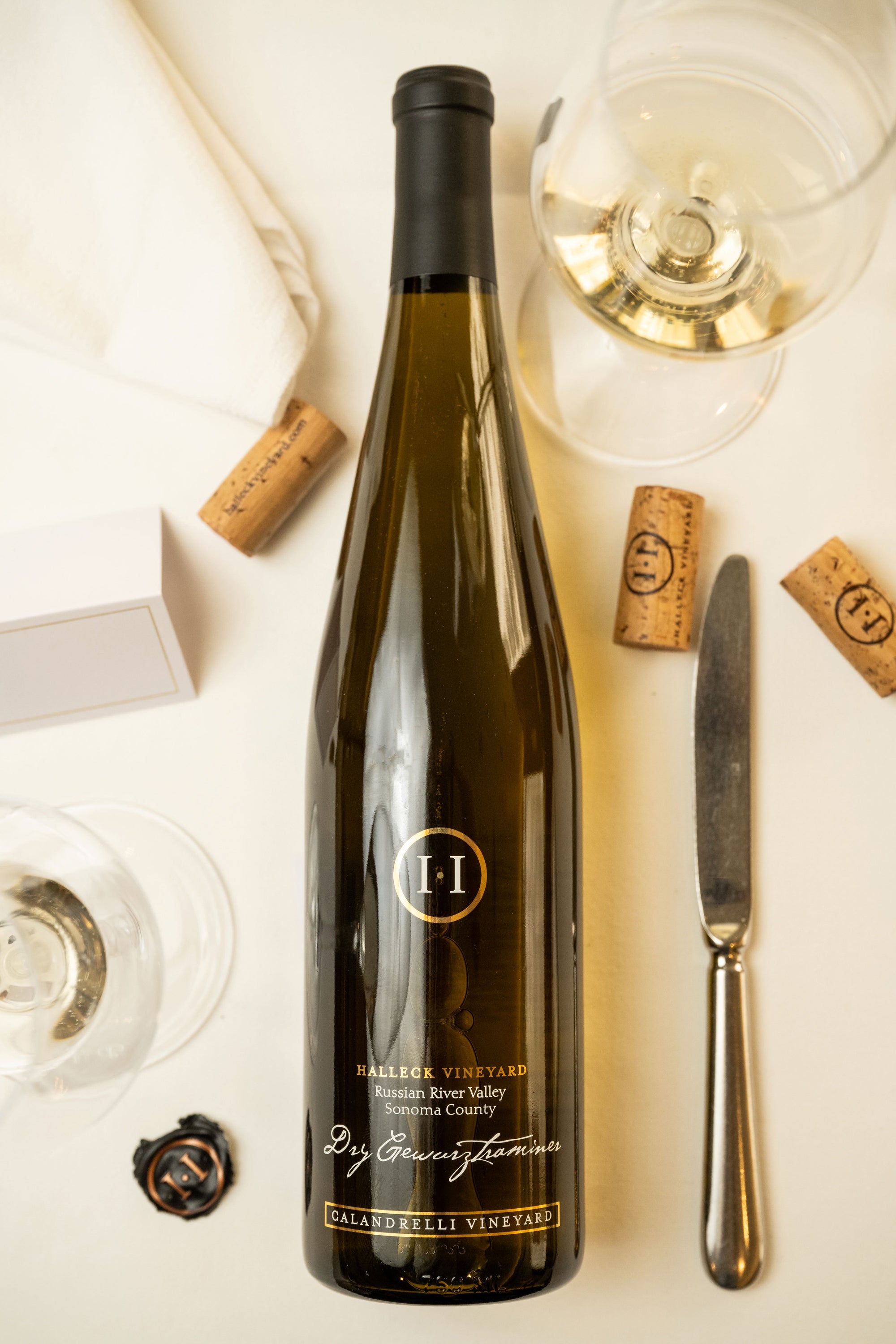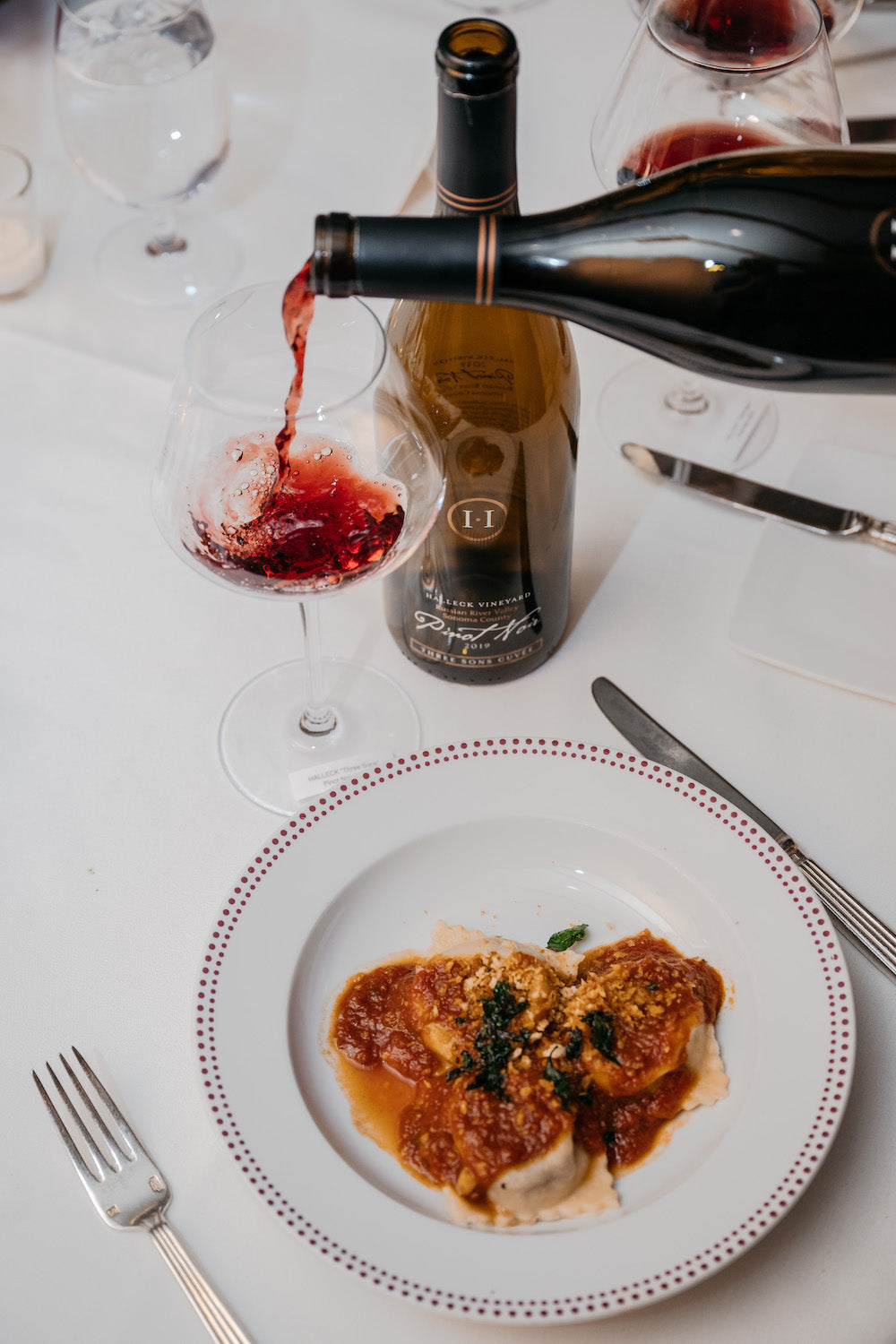Wineries That Welcome Walk Ins - Tasting Rooms In Sebastopol
Wineries That Welcome Walk Ins - Tasting Rooms In Sebastopol
Blog Article
Wineries Promoting Wine Club Memberships - Unique Wine Tasting Experiences In Sebastopol
Wine tasting is an art that requires practice and an understanding of assorted aspects involved in the process. One crucial factor of wine tasting is the event and interpretation of tasting notes, which function a guide for each novices and seasoned connoisseurs. A Guide To Understanding Winery Wine Tasting Notes can improve your wine-tasting experience, making it more meaningful and enjoyable.
Tasting notes are concise descriptions that seize the essence of a wine’s flavors, aromas, and total character. Usually composed by professional tasters, winery tasting notes supply insights into the nuances of assorted wines. They can help wine enthusiasts perceive what to anticipate from a selected bottle. Nevertheless, tasting notes can differ extensively in style and element primarily based on the writer's experience and palate.
Spectacular Vineyard Views In Sonoma - Sonoma County's Best Wine Experiences
When you first approach a glass of wine, your senses will begin to have interaction immediately. The sight, odor, and taste of the wine will converge to provide you an entire experience. Tasting notes generally start with the visual assessment, where the color of the wine is taken under consideration. Shade performs a big position in indicating the wine’s age, grape selection, and even its flavor profile.
After assessing the visible facet, the next step entails swirling the wine in the glass. This motion aerates the wine, permitting its aromas to awaken. Smelling the wine offers critical perception into its complexity. The initial sniff can deliver a flood of scents which will include fruity, floral, natural, or earthy notes. This is usually probably the most subjective part of tasting, as individual experiences can dramatically differ.
In winery tasting notes, descriptors are sometimes categorized into main, secondary, and tertiary aromas. Primary aromas often stem from the grape variety, secondary aromas derive from fermentation processes, and tertiary aromas come up from getting older. Understanding these classes might help you recognize the depth of a wine, and so they also give you the vocabulary to express your experience higher.
Innovative Wine-Making Techniques In Sonoma Valley - Sonoma Vineyards For A Perfect Day Out
Following the olfactory encounter, your focus will shift to the style of the wine. This is the place the primary characteristics—sweetness, acidity, tannins, alcohol—come into play. Tasting notes often detail these flavors in a number of dimensions, together with the initial assault in your palate to the lingering end on your tongue. A high-quality wine will present a harmonious steadiness between these elements.
While tasting, it is essential to contemplate the physique of the wine, which may be described as light, medium, or full. The physique contributes considerably to your general impression, helping you consider how the wine pairs with food or whether or not it stands alone as a sipping wine. Balancing the physique with the opposite characteristics will provide you with a fuller understanding of what the wine has to supply.
The end of the wine, also referred to as the aftertaste, is another critical aspect often included in tasting notes. A lengthy, nice finish normally indicates the next high quality wine, while a brief or cloying aftertaste might suggest in any other case. Evaluating the finish can offer further insight into the wine's complexity and distinction.
Understanding the context of winery tasting notes can also be priceless. Tasting notes can provide contextual details about the vineyard's location, local weather, and grape-growing practices. This context adds one other layer of appreciation for the wine, allowing enthusiasts to attach the sensory experience with its origins, thus enhancing the enjoyment further.
Charming Wineries Offering Wine And Food Pairings - Sonoma Wine Tasting Tour
Many wineries present tasting notes on their web sites or labels, usually written in an approachable but informative style. Nevertheless, not all winery tasting notes are created equal. Some may be overly technical, while others might prioritize advertising aptitude over insightful evaluation. Studying to navigate these notes can arm you with the data to make knowledgeable decisions when choosing wines.
Participating in tastings at wineries can even deepen your understanding of wine tasting notes. Interacting with educated employees can give you a extra hands-on strategy to exploring completely different wines and the language used to describe them. Remarkable Craft Wineries In Sebastopol. You May have the chance to ask questions, engage in discussions, and doubtlessly refine your palate in real time.
Experimentation is crucial for mastering wine tasting notes. As you pattern completely different wines, strive making your individual notes. Focus on describing the wine’s colour, aroma, style, and end. Over time, you’ll develop a private vocabulary that resonates along with your sensory experiences. Each note you create will assist refine your palate, permitting you to appreciate wines at a deeper level.
Wineries With Artisan Chocolate Pairings In Sonoma - Sonoma's Premier Wine Tasting Events
In conclusion, a Guide To Understanding Winery Wine Tasting Notes provides a complete framework for diving into the world of wines. It equips you with the strategies and language necessary to articulate your experiences. Whether Or Not you are a informal drinker or a dedicated aficionado, understanding and using tasting notes can profoundly influence your wine journey. This knowledge not solely enhances your enjoyment but additionally connects you deeply with the rich narratives every bottle tells. By craft wineries in Sonoma embracing this journey, you turn into a part of the gorgeous mosaic of wine culture, where every sip unveils a new story ready to be found.
- Wine tasting notes typically embody quite a lot of sensory descriptions, including aroma, flavor, acidity, body, and finish, allowing tasters to totally appreciate the wine's characteristics.
- To enhance your understanding, familiarize yourself with frequent wine terminology corresponding to "tannins," "oakiness," or "terroir," which may help decipher the notes extra successfully.
- A systematic strategy to tasting includes first visually assessing the wine's colour and clarity, followed by swirling to release aromas, then inhaling and describing what you experience.
- Taking notes during tasting may help establish patterns over time, improving your palate and making it simpler to recall preferences for future selections.
- Do Not overlook the influence of food pairings; tasting notes can differ significantly when a wine is loved with complementary flavors, altering perception and delight.
- Pay consideration to the wine’s vintage, as weather conditions in a given year can considerably affect the final product, including another layer to the tasting notes.
- Think About the winemaker's style and philosophy, which might shape the wine's profile and impact how its notes evolve with each sip.
- Working Towards with different grape varieties can broaden your vocabulary; every kind brings distinctive traits that can enhance your ability to articulate tasting notes successfully.
- Participating with wine professionals or attending tasting events can provide valuable insights, offering a richer context for understanding personal tasting notes.
- Remember that tasting is subjective; individual preferences and experiences will shape one’s interpretation of the same wine, enriching the overall enjoyment of wine exploration.
What are wine tasting notes?
Wine tasting notes are descriptive feedback made by tasters about the look, aroma, taste, and end of a wine. They provide an summary of the wine's traits and may help customers understand the style and high quality of the wine.
Wine Tasting Events In Sonoma County - Tasting Fine Wines In Sonoma County
Why are tasting notes important when selecting wine?
Tasting notes can guide you in choosing a wine that suits your palate. They provide insights into flavors and aromas, serving to you to match wines with food or occasions. Understanding these notes enhances your general wine experience.
How should I read wine tasting notes?
(Celebrated Winemakers To Discover In Sonoma)
Interactive Wine Tasting Experiences In Sonoma - Best Vineyard Visits In Sonoma
When studying wine tasting notes, pay attention to the construction: look for descriptions of shade, aroma, flavor, and finish. This will allow you to grasp the wine's profile and determine if it aligns together with your preferences.
What phrases commonly seem in wine tasting notes?
Frequent terms embody "tannin" (the structure), "acidity" (the crispness), "physique" (the weight), and various flavor descriptors like "fruity," "earthy," or "spicy." Familiarizing your self with these phrases can deepen your understanding of wine.
Best Wineries For Wine Tasting In Sonoma - Sebastopol Winery Experience

Can I create my own tasting notes?
Yes! Writing your own tasting notes can enhance your wine tasting experience. Focus in your observations of style, aroma, and different sensory traits. This personal practice can help you refine your palate over time.
How do I identify the aromas in wine tasting notes?
Wineries Hosting Seasonal Events - Wineries With Stunning Views In Sonoma
To establish aromas, practice smelling a wide selection of scents and associating them with wines. Swirl pop over to this site the wine in your glass to launch its aromas, then take a second to breathe in deeply earlier than figuring out any distinguished scents.

What is the difference between professional and private wine tasting notes?
Professional tasting notes may use more technical language and particular terminology, while personal tasting notes are subjective and mirror particular person experiences. Both are useful for understanding and having fun with wine, but personal notes might resonate extra together with your distinctive tastes.
How can tasting notes enhance my wine appreciation?
Cultural Wine Experiences In Sonoma County - Sonoma Vineyards To Explore
Tasting notes can enhance your appreciation by serving to you to grasp and articulate the complexities of wine. They encourage conscious tasting and supply a framework for comparing completely different wines, resulting in a richer enjoyment of the beverage.
Are there any apps or instruments to assist with wine tasting notes?
Sure, there are a number of apps designed to help users record and organize their tasting notes. These instruments usually provide options like flavor wheel guides and wine database searches, making it easier to track your journey through different wines. Report this page